4 myths and simple solutions
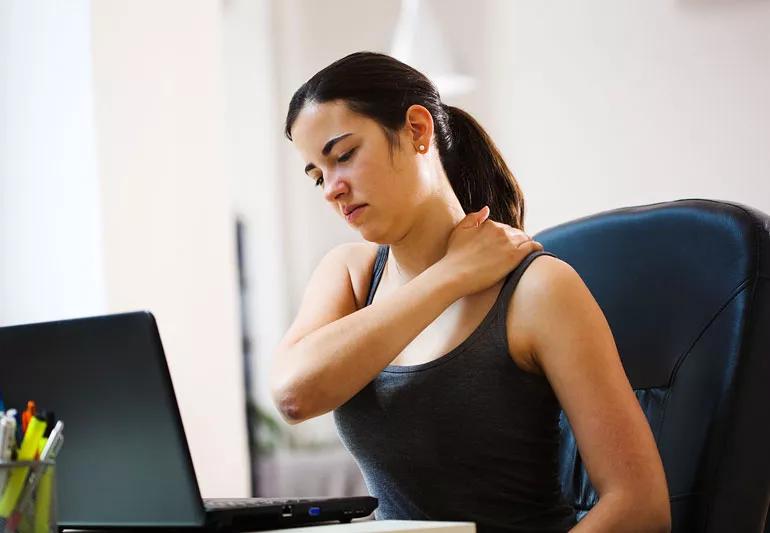
Most women would agree that the right bra can provide more than a few benefits. However, there are enduring myths about the power of the right bra, says Deborah Venesy, MD, a physical medicine & rehabilitation specialist and medical spine specialist at Cleveland Clinic.
Advertisement
Cleveland Clinic is a non-profit academic medical center. Advertising on our site helps support our mission. We do not endorse non-Cleveland Clinic products or services. Policy
She gives expert insight on four misplaced brassiere beliefs ― and offers some simple solutions to women with back pain.
One of the most common myths is the idea that the right bra can actually improve your posture or prevent back pain.
“In my clinical experience, wearing a bra does not prevent back pain or improve a woman’s posture,” Dr. Venesy says. “The benefits of wearing a bra are largely cosmetic,” she adds.
Many women who are well-endowed — or who have what clinicians call breast hypertrophy—suffer back and neck pain because of the weight of their breast tissue. Some women also find painful indentations and even scarring along their shoulders where their bra straps dig into their skin.
Compression of the nerves along the shoulders can even cause numbness and tingling in the fingers. Arguments for going “bra-less” for these reasons have caused a stir.
But despite the pain that bra straps can cause for large-breasted women, Dr. Venesy doesn’t believe bras in themselves — even improperly fitted ones — can actually cause back pain any more than they can prevent it.
“I don’t think a poorly fitting bra actually causes back pain,” she says, “although some of our patients with breast hypertrophy elect to have breast reduction to manage upper and lower back pain if they have tried physical therapy with no success.”
Advertisement
To manage back pain, including pain caused by large breasts, Dr. Venesy recommends working to strengthen the core muscles in the abdomen and back.
“We emphasize core strength, cardio exercise and stretching,” she says. “Especially for upper back pain, work on improving core strength and the strength of the muscles between the shoulder blades.”
Dr. Venesy recommends the following to build these muscle groups and ease pain:
Another way to ease back pain might be unexpected: Quit smoking. There are so many other health reasons to quit smoking, including that it may ease an aching back. Researchers at the Finnish Institute of Occupational Health in Helsinki, Finland, conducted an analysis of 121 studies and found a modest connection between low back pain and smoking.
Smokers also are more likely to have intervertebral disc degeneration, where the spinal discs become less effective at absorbing shock, causing pain along the spinal column.
Advertisement
Learn more about our editorial process.
Advertisement

Hanging upside down for any length of time may decompress the tension in your spine

Drinking alcohol can cause nerve pain, dehydration and weight gain, which can all lead to back pain

Your sleep position, immobility, mattress and underlying conditions can all cause morning back pain

Rest may be all you need to get rid of running-related lower back pain
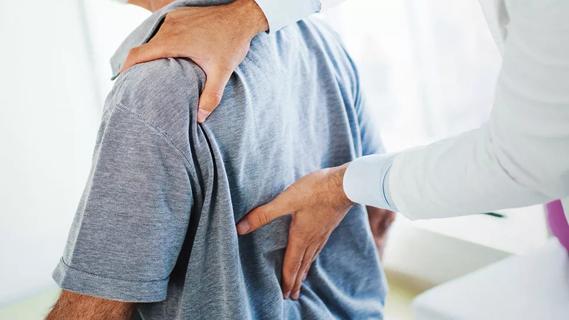
It’s always a good idea to let a healthcare provider know about any back pain you’re experiencing, especially if it results from trauma or persists longer than three months
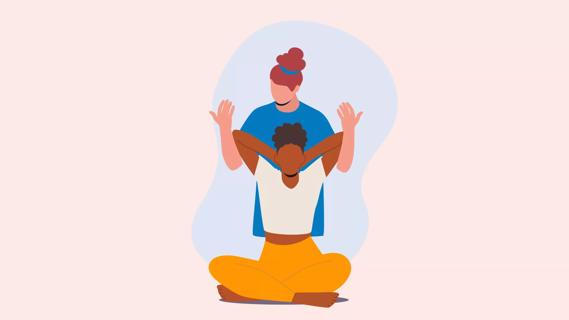
From physical and biofeedback therapy to nerve ablations and blocks, there are many nonsurgical options for managing back pain
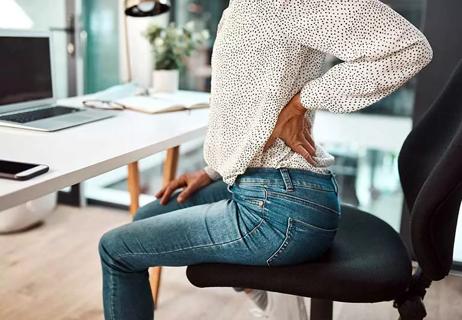
Rest, physical therapy, acupuncture and nerve blocks are just a few ways to find relief
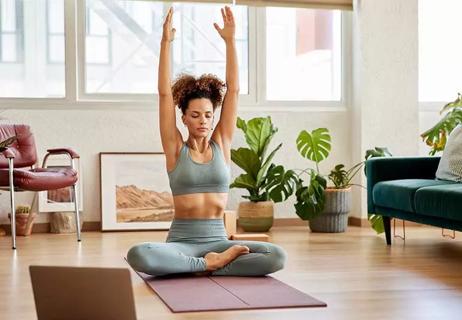
Get moving, use cold packs, and try yoga and stretches to ease back pain

Babies can get congested easily, but you can calm their cough by keeping them hydrated, using nasal drops and running a humidifier

Weight loss may cause loose, sagging skin and muscle loss to your rear

Several conditions, like vitiligo and fungal infection, can cause a loss of pigmentation, leading to white spots or patches on your skin